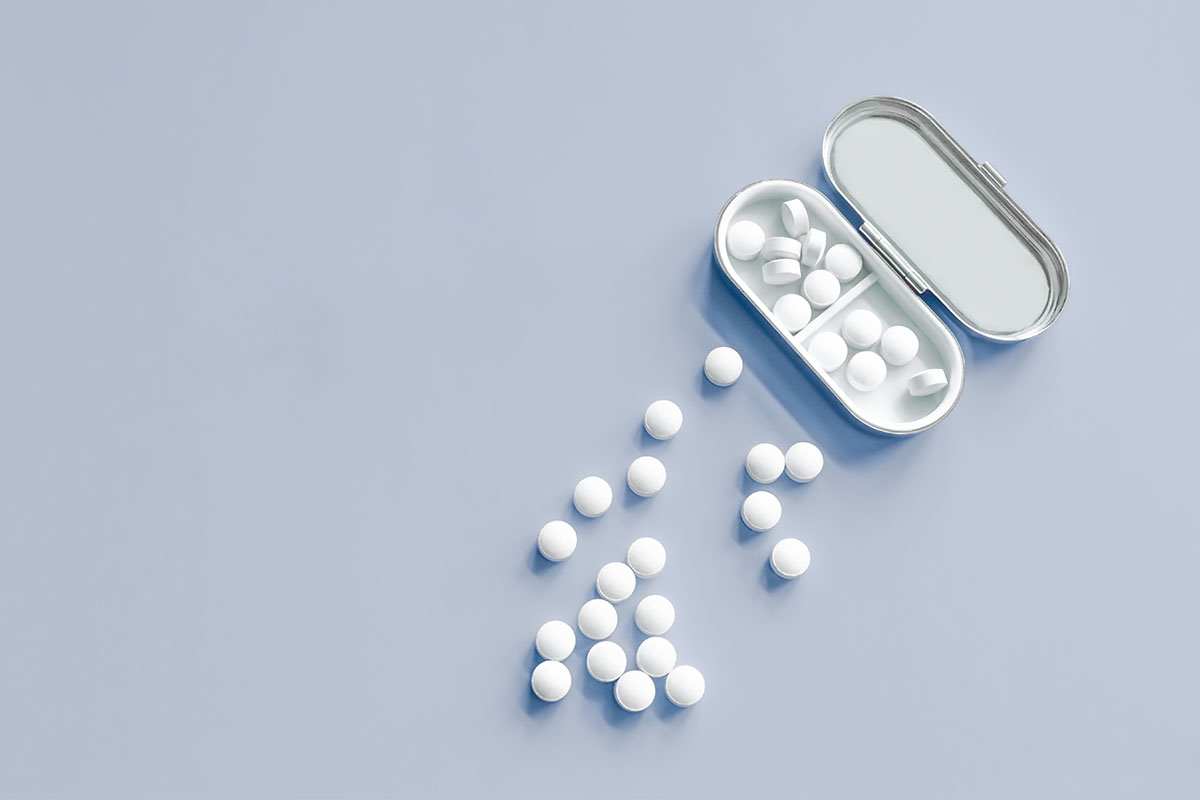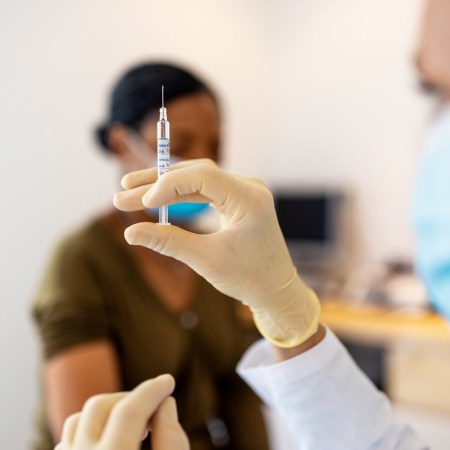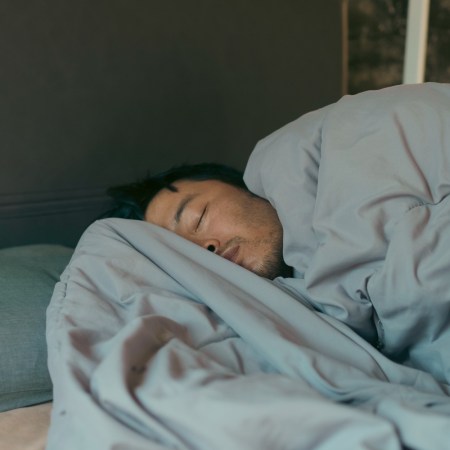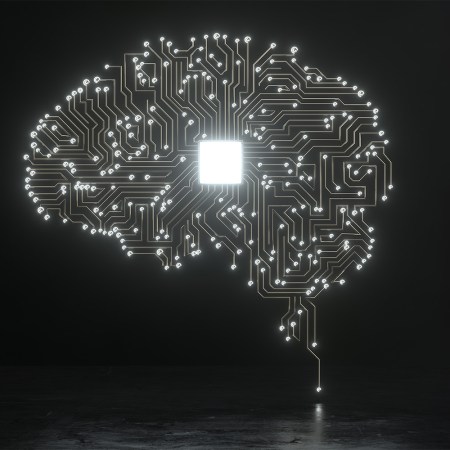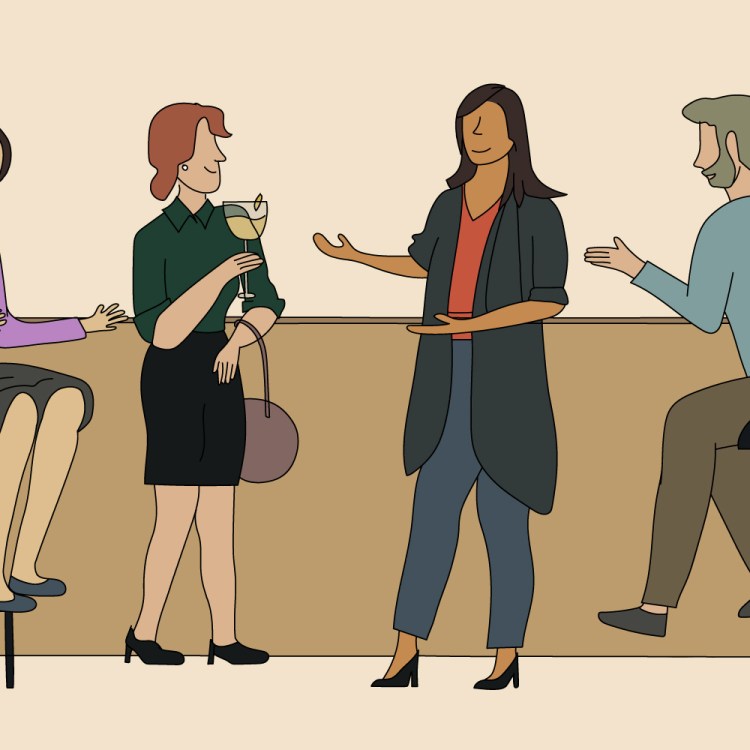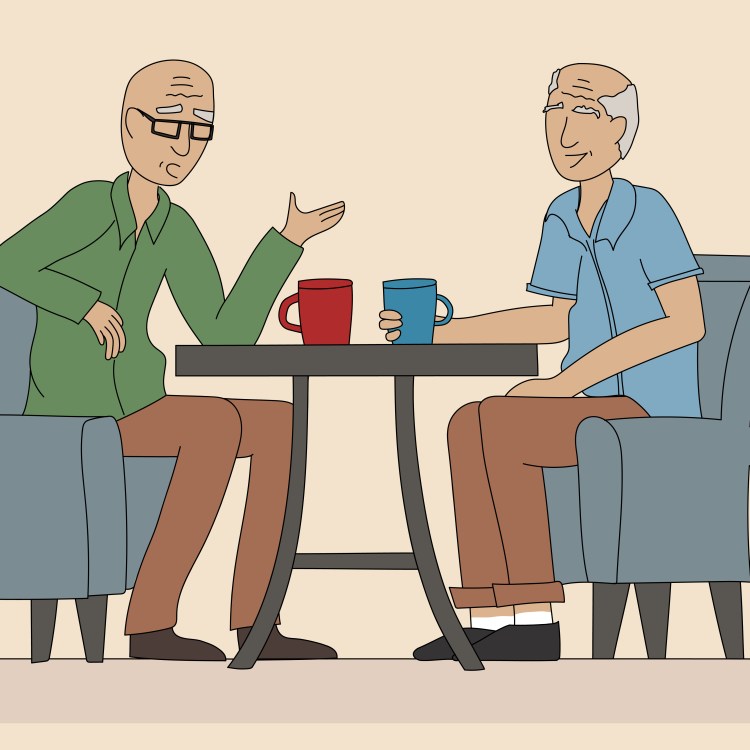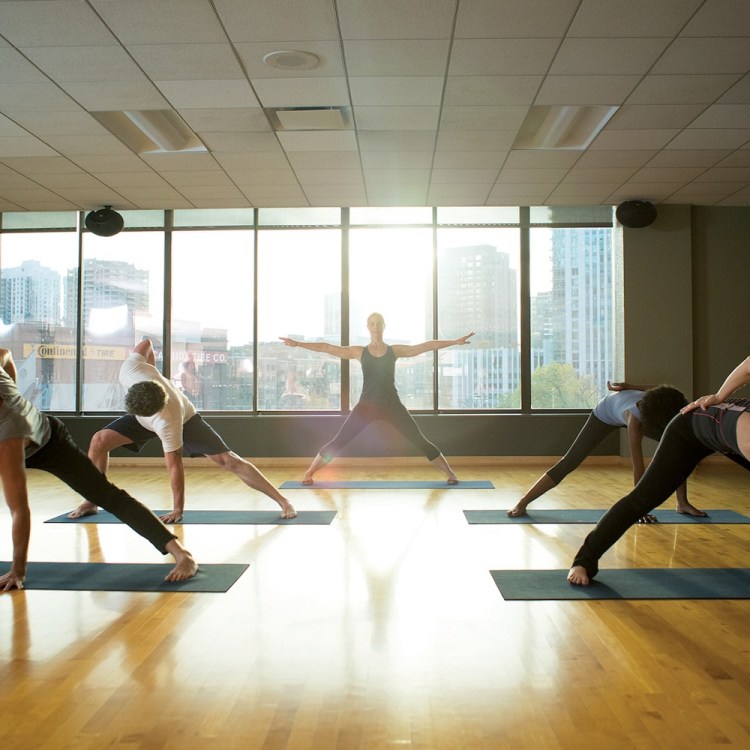Before a flight to London last week, I packed the usual essentials in my toiletry bag: toothbrush, contacts, deodorant and a small Ziploc bag filled with a mix of pills — some blue, some white.
The blue caplets were Advil PM, which contain diphenhydramine, while the white caplets were three milligrams of melatonin apiece. I pop either, from time to time, as an emergency sleep-aid. In my overpacking tradition, I indiscriminately brought both.
I bring tablets along any time I have a long, overnight flight or am somewhat worried about jet-lag fussing with my sleep on important travel days. They’re also omnipresent in my medicine cabinet, the nighttime equivalent of a nonsensical Chapstick requirement, in case my sleep latency drags. It would appear I’m far from alone in this tradition — melatonin sales have spiked by over 40% in recent years. In 2020, Americans dished out over $800 million on the supplement, which is credited with improving circadian rhythms through hormone production and has recently started popping up in teas, creams and even patches.
But it’s important for consumers to understand what they’re buying, how much pill-popping is too much and the nuanced differences in sleep-aids. As it turns out, carrying around a colorful Ziploc bag probably isn’t the play. Instead, selecting the right sleep-aid for you should boil down to understanding your own sleeping woes. Are you struggling to fall asleep? Or stay asleep? Do you perhaps just need a hand in regulating your internal clock?
Consider: you could prescribe three different sleep-aids to greet each of the above questions (zaleplon, suvorexant, melatonin, in that order). Once you’ve identified the right drug to greet the root of your insomnia, figure out just how much of your brain and/or energy you’re willing to give to that drug. After all, sleep-aids are intrusive devils, which can cause nighttime snacking and morning grogginess, among darker outcomes like falls around the house, car crashes or even an increased risk of dementia. According to The New York Times, zolpidem (Ambien) is a culprit in that arena.
Also at stake? The risk of physical dependence, which can happen with some of the “harder” stuff, or psychological dependence, which is in play for all the above. That’s why medical professionals will always encourage the basic tenets of sleep hygiene — a consistent bedtime, a sacred sleeping space, no tech before bed — before pushing you into caplets.
As for me, I’ve been mollified to learn that melatonin is one of the safest and least obtrusive sleep-aids currently available. The other half of my baggie, meanwhile, the diphenhydramine (a form of anti-histamine) probably won’t be joining me on the next trip. While they do induce drowsiness, their status as a sleep-aid is dubious, according to the experts.
A low-stakes tip for those looking to start using melatonin? Don’t actually use it. That’s to say, if sleep won’t come, go to the bathroom, get a glass of water and a caplet and place both on your nightstand. Tell yourself that you’ll take it if you’re still awake in, say, 10 minutes. Anecdotal, to be sure, but I’ve never stayed up long enough to actually take the pill.
Whether you’re looking to get into shape, or just get out of a funk, The Charge has got you covered. Sign up for our new wellness newsletter today.
